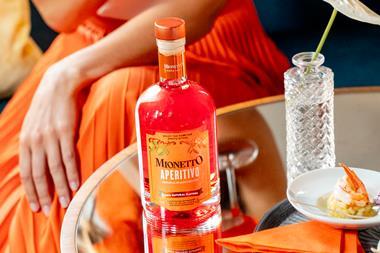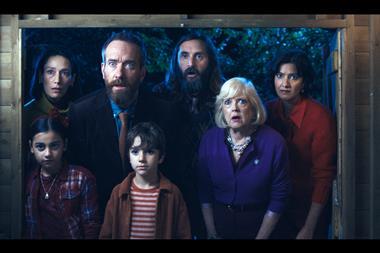Recession has given the wine industry a chance to build consumer loyalty to brands and the category, says Simon Lawson
I joined the wine trade 28 years ago, in the recession of the early 1980s, and over the past three decades I cannot recall times as tough as these we are experiencing now. Since we officially hit recession we have seen many much-respected names fall into the hands of administrators and only a couple of weeks ago we witnessed the death throes of First Quench.
The warning from InBev's Stuart MacFarlane that inflation, a rise in duty, a revision of VAT back to 17.5% and a probable change in government could lead to a 10% rise in alcohol prices seems to swell the sense of doom across the wine industry. This, coupled with the poor performance of sterling an important factor in an industry reliant on imports will have a significant impact in 2010. Neither producer nor retailer can absorb these increases any longer, so they will be passed on to the consumer, with forecasters predicting a subsequent fall in volume sales.
Despite this negativity, we need to take some positives from this. Properly structured price increases could be a good thing for the wine industry. As prices increase we are starting to see an erosion of the sub-£3 wine category. This has pushed consumers into the next price bracket, and into a branded wine world. Here they can be embraced into the experience of the brand, where style, origin, history and sense of occasion are paramount. Brands now have a responsibility alongside the rest of the wine industry within these higher price brackets to engage with the customer, to simplify the messages and create a shift in balance to build more loyalty to the category.
This is the opportunity for the industry to invest in added value to justify price increases, for brand owners and retailers to work together. It is a chance to build on occasion-based marketing, something other fmcgs do so well, and that Percy Fox has explored with Blossom Hill. The brand's sponsorship of Wimbledon brought a 112% uplift in value of sales of our key rosé lines. This was a result of a campaign spanning experiential activity, above-the-line marketing and a limited-edition product designed to celebrate the tournament.
With these price increases, we could be on the cusp of a revolution in the wine aisles. The convenience sector, for example, is currently showing strong performance. Despite necessarily higher price points, they are flourishing because they are meeting customer needs. They address the basics, like the fact most wine is consumed within two hours of purchase, so place a high percentage of stock in the chiller cabinets. There is also less reliance on deep discounting, which is better for profitability and brand loyalty. We have had great success launching new products in this sector. With the relaunch of Piat d'Or in Costcutter we focused on communicating with the customer through brochure features, shelf talkers, window bills and in-store radio, to great effect. Retailers can also learn from the on-trade; the concept of food and wine matching is at the fore in these establishments, while it is still several steps removed in a retail aisle.
The industry may be facing its greatest challenge in recent history, but out of adversity comes opportunity. Let's look at these price increases as a catalyst and work together to create an exciting and modern world of wine retailing.
Simon Lawson is director and general manager at Percy Fox & Co.
Sign in to comment on this article
Not logged in before? Register for FREE guest access today.
You will be able to:
- Read more stories
- Receive daily newsletters
- Comment on stories
Advert
















No comments yet